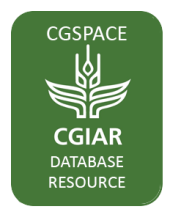/ library resources
Showing items 1 through 9 of 82.Landscape character assessment (LCA) methods have been used in the past few decades to analyze, classify, and map landscape types, using objective and subjective approaches, with the aid of both quantitative and qualitative data.
The Mun River Basin is one of Thailand’s major grain-producing areas, but the production is insufficient, and most of the cultivated lands are rain-fed and always unused in the dry season.
Energy transition strategies in Germany have led to an expansion of energy crop cultivation in landscape, with silage maize as most valuable feedstock.
The conservation field is experiencing a rapid increase in the amount, variety, and quality of spatial data that can help us understand species movement and landscape connectivity patterns.
Landslides represent one of the world’s most dangerous and widespread risks, annually causing thousands of deaths and billions of dollars worth of damage.
There is a lack of understanding of the main drivers that form the picture of biological communities of transitional waters in deltaic ecosystems under the influence of terrestrial sources.
Irrigation-led farming system intensification and efficient use of ground and surface water resources are currently being championed as a crucial ingredient for achieving food security and reducing poverty in Nepal.
The kick off workshop of the CGIAR Initiative on Sustainable Animal Productivity for Livelihoods, Nutrition and Gender inclusion (SAPLING)—took place on 20-21 April in Son La Province, Vietnam.
High-resolution reliable rainfall datasets are vital for agricultural, hydrological, and weather-related applications.
Pagination
Land Library Search
Through our robust search engine, you can search for any item of the over 73,000 highly curated resources in the Land Library.
If you would like to find an overview of what is possible, feel free to peruse the Search Guide.


